Lal Bahadur Shastri
2October
 Lal Bahadur Shastri 2 October 1904 – 11 January 1966) was an Indian statesman who served as the second Prime Minister of India. He promoted the White Revolution – a national campaign to increase the production and supply of milk – by supporting the Amul milk co-operative of Anand, Gujarat and creating the National Dairy Development Board. Underlining the need to boost India's food production, Shastri also promoted the Green Revolution in India in 1965. This led to an increase in food grain production, especially in Punjab, Haryana and Uttar Pradesh.
Lal Bahadur Shastri 2 October 1904 – 11 January 1966) was an Indian statesman who served as the second Prime Minister of India. He promoted the White Revolution – a national campaign to increase the production and supply of milk – by supporting the Amul milk co-operative of Anand, Gujarat and creating the National Dairy Development Board. Underlining the need to boost India's food production, Shastri also promoted the Green Revolution in India in 1965. This led to an increase in food grain production, especially in Punjab, Haryana and Uttar Pradesh.
 Government of Indiaa
Government of Indiaa

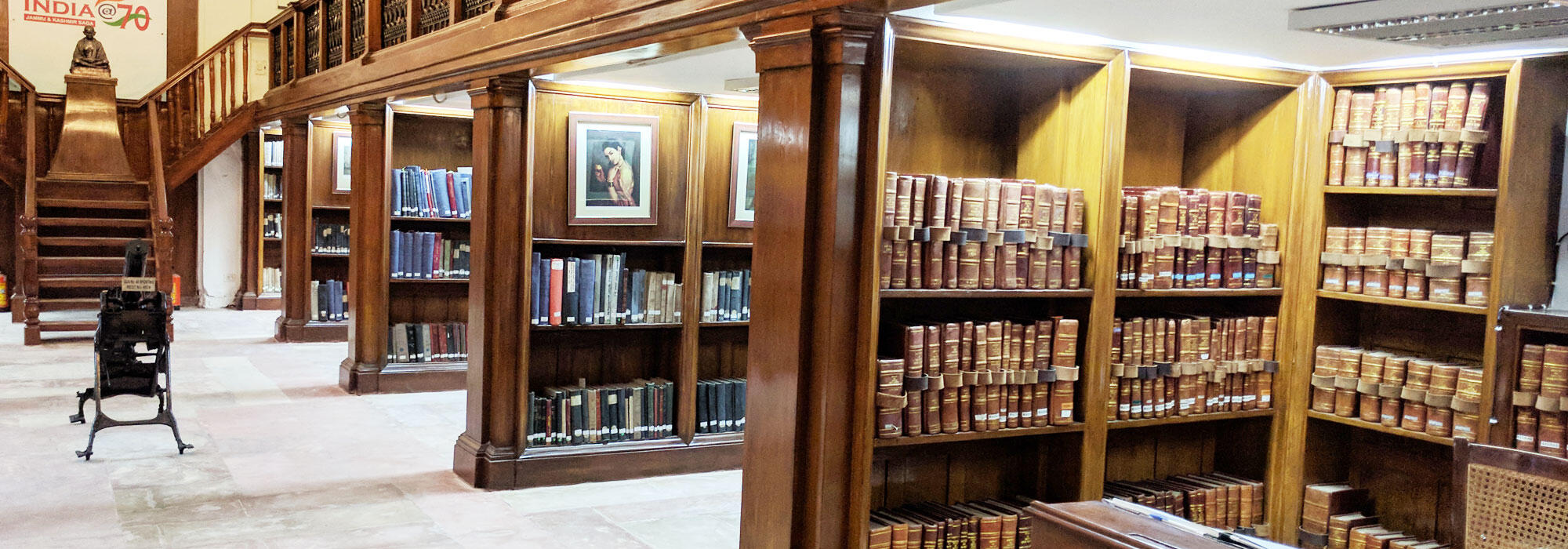

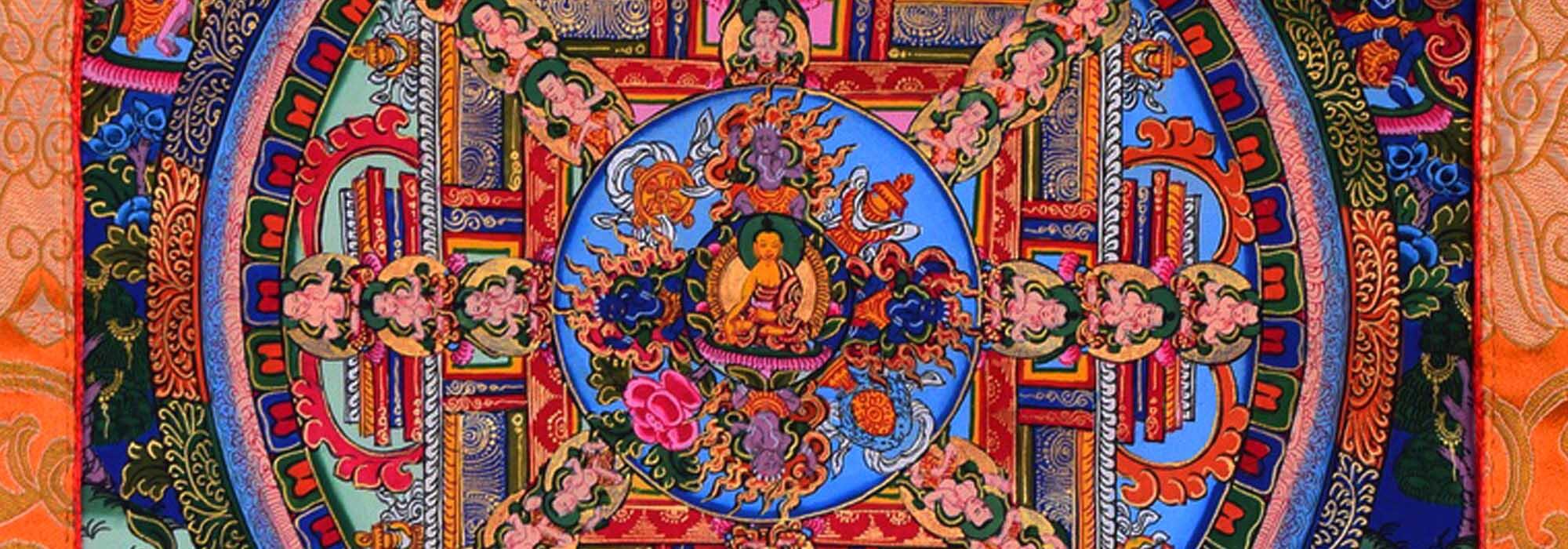
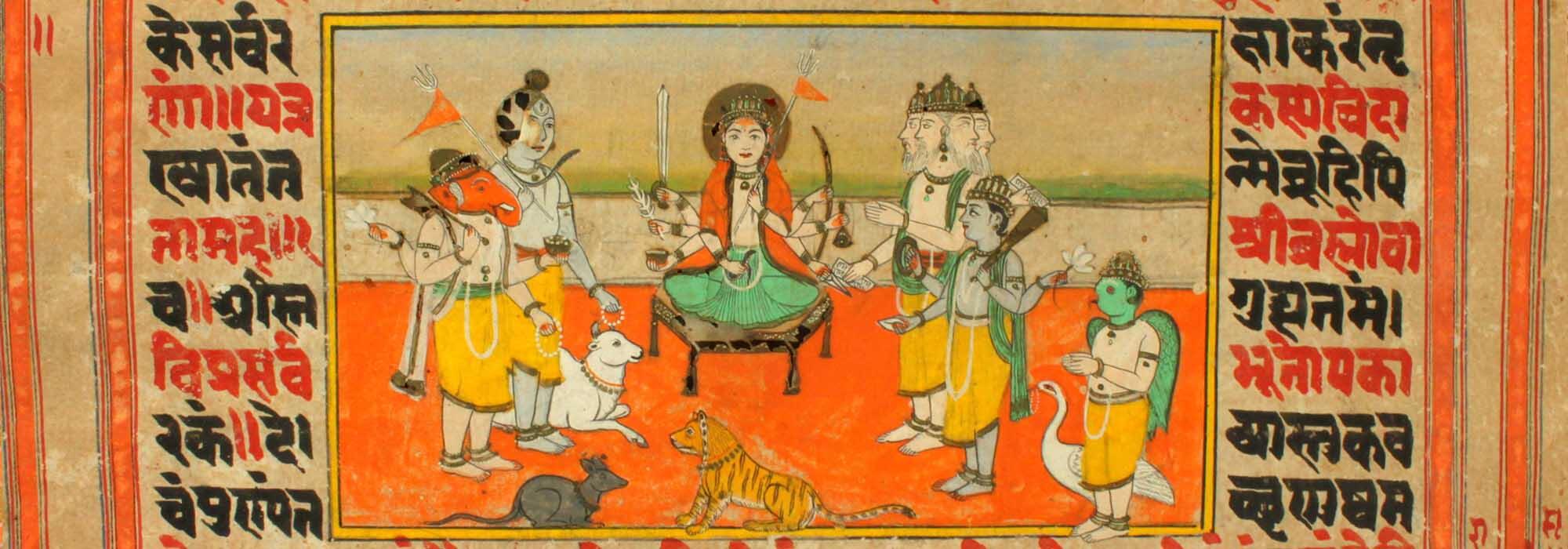








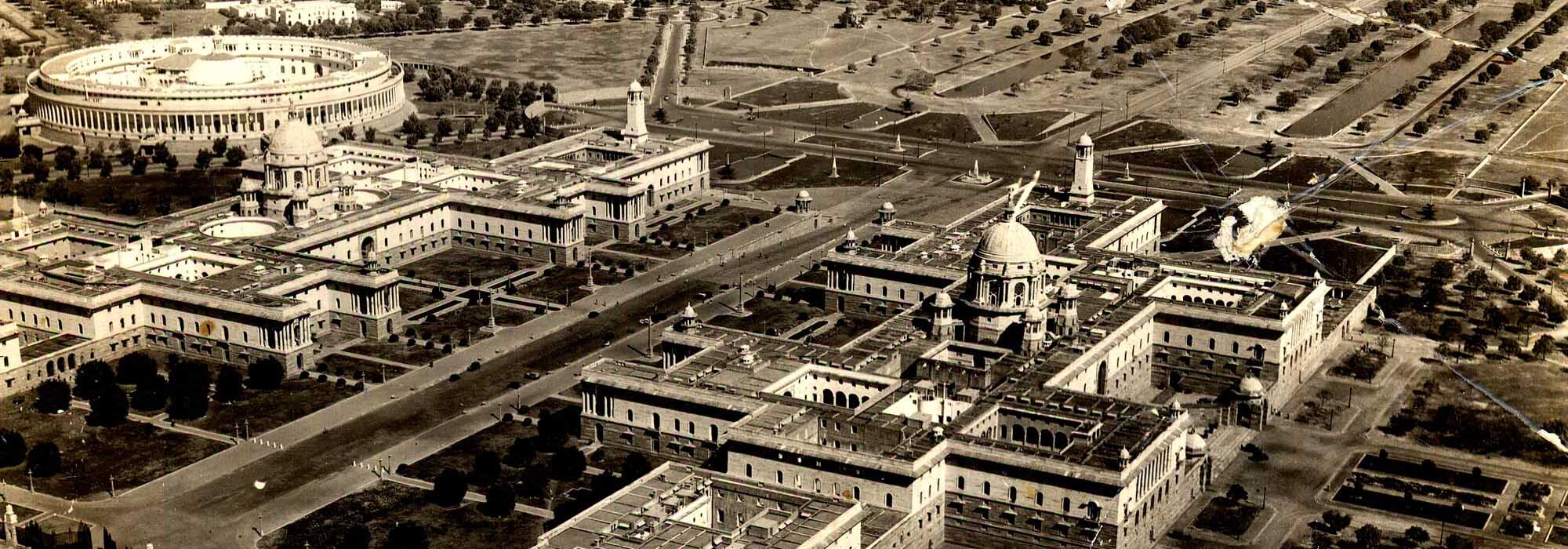



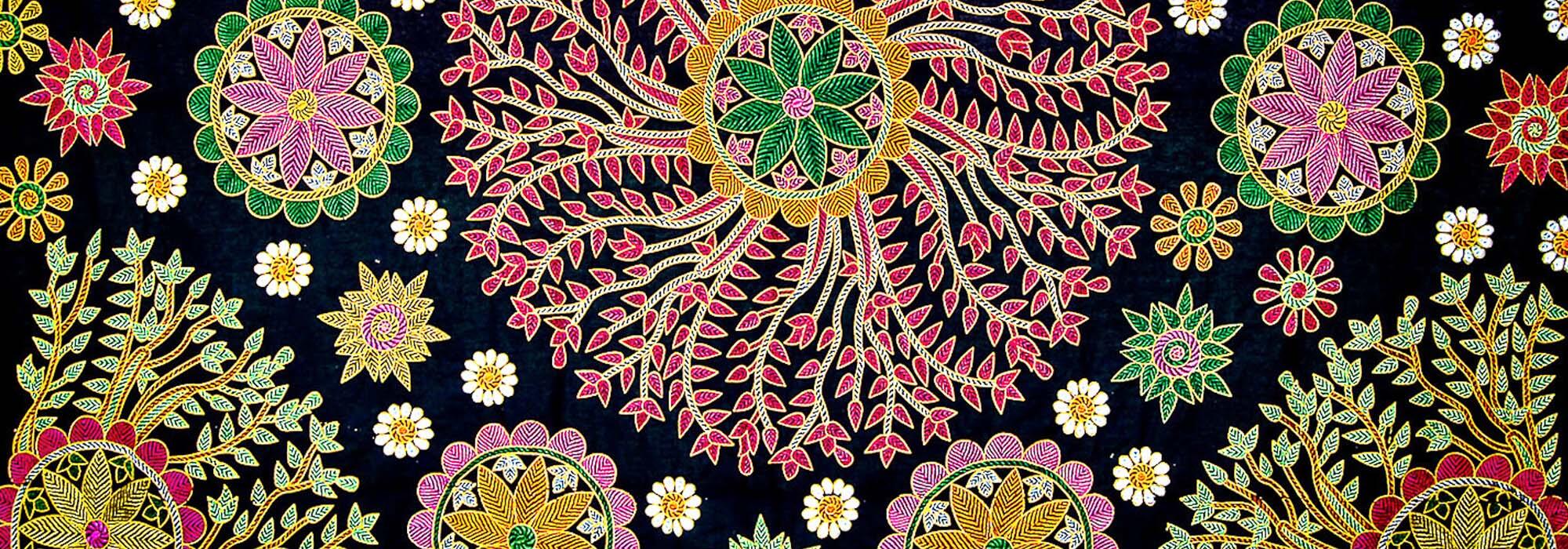


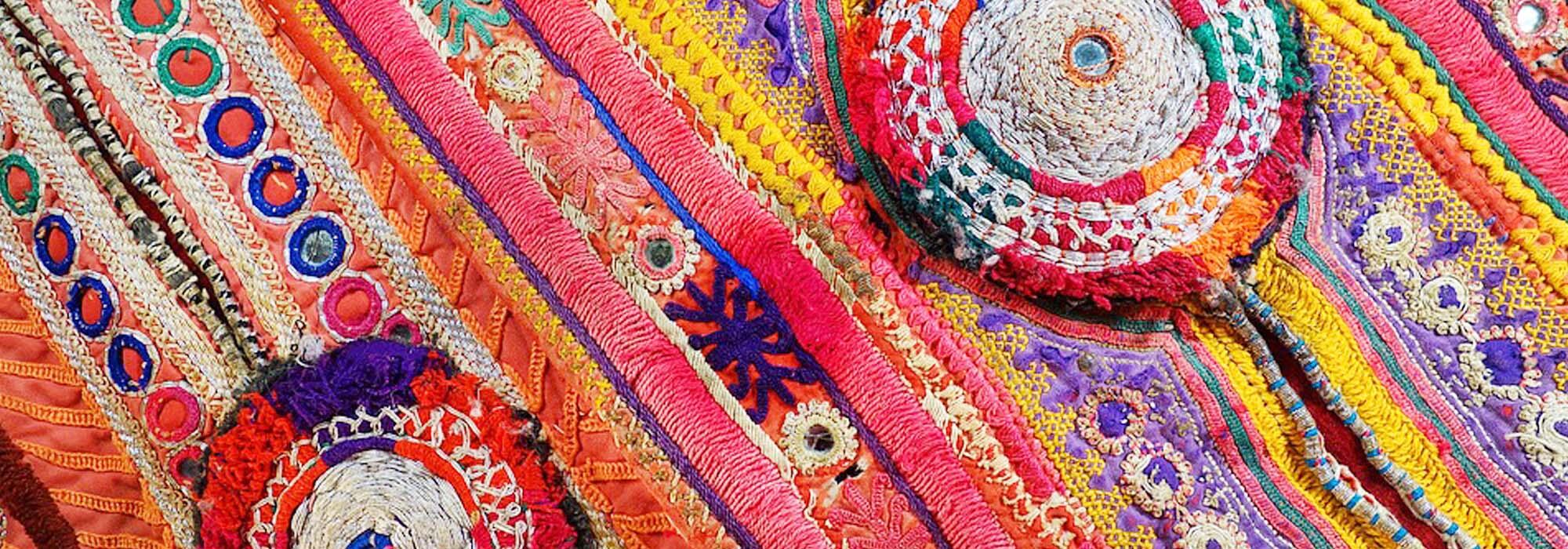
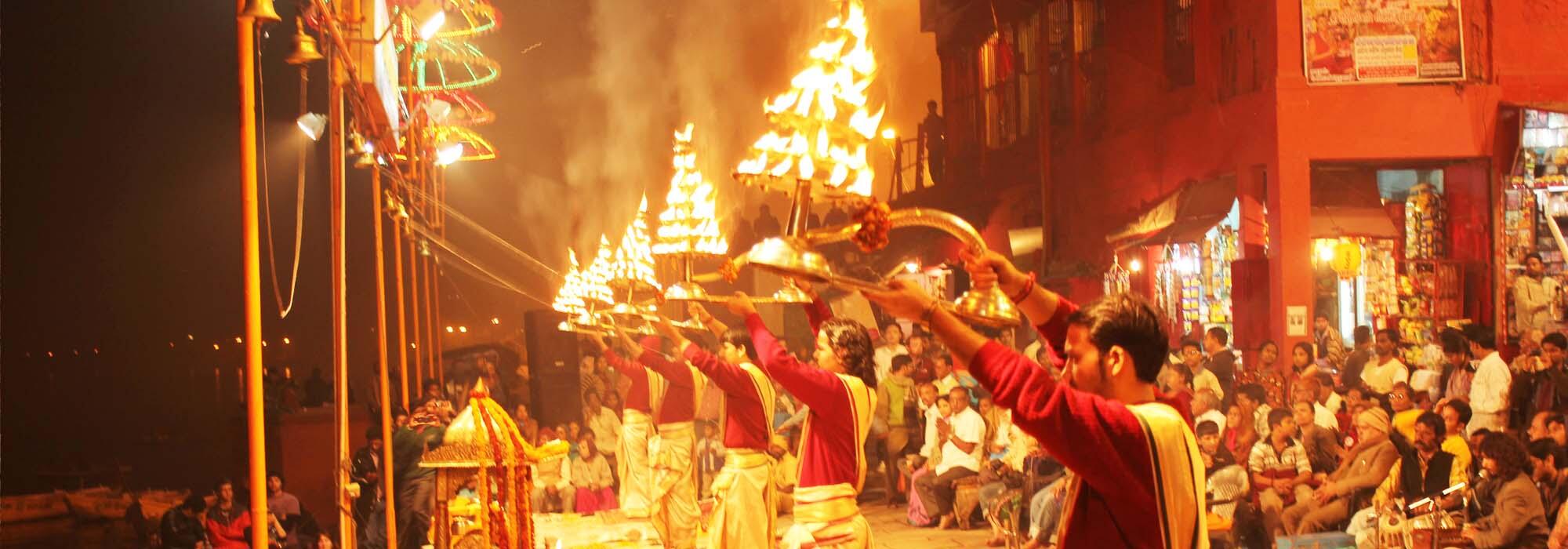



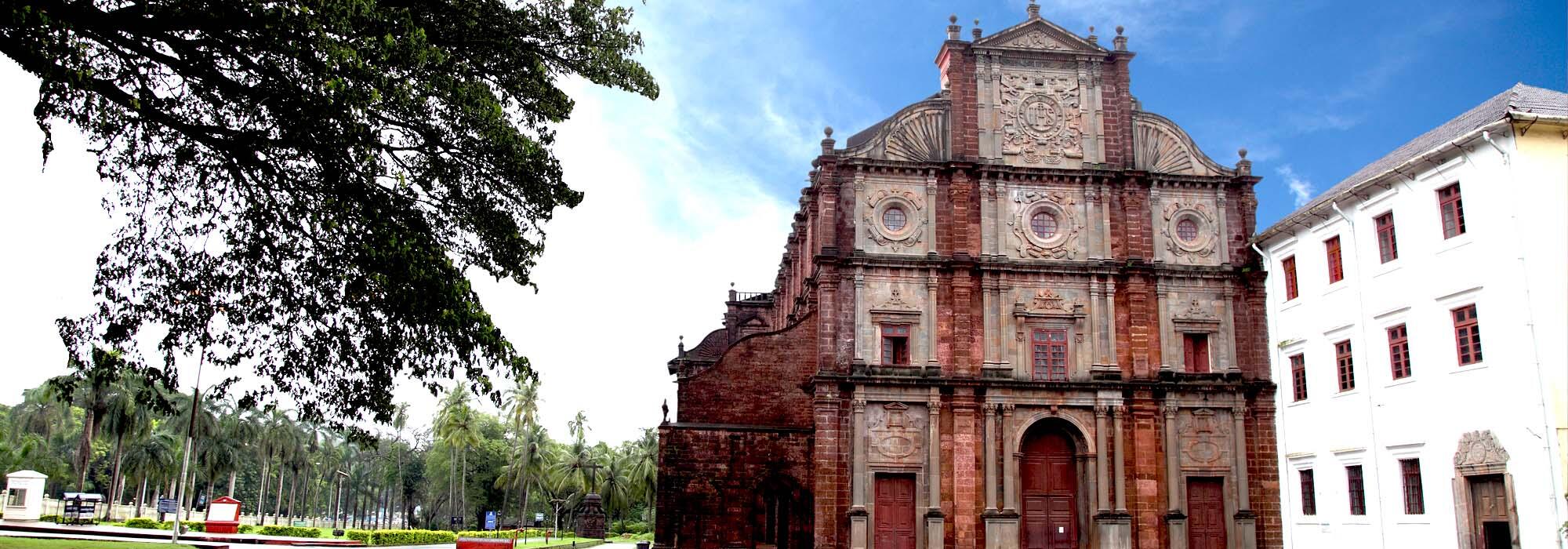

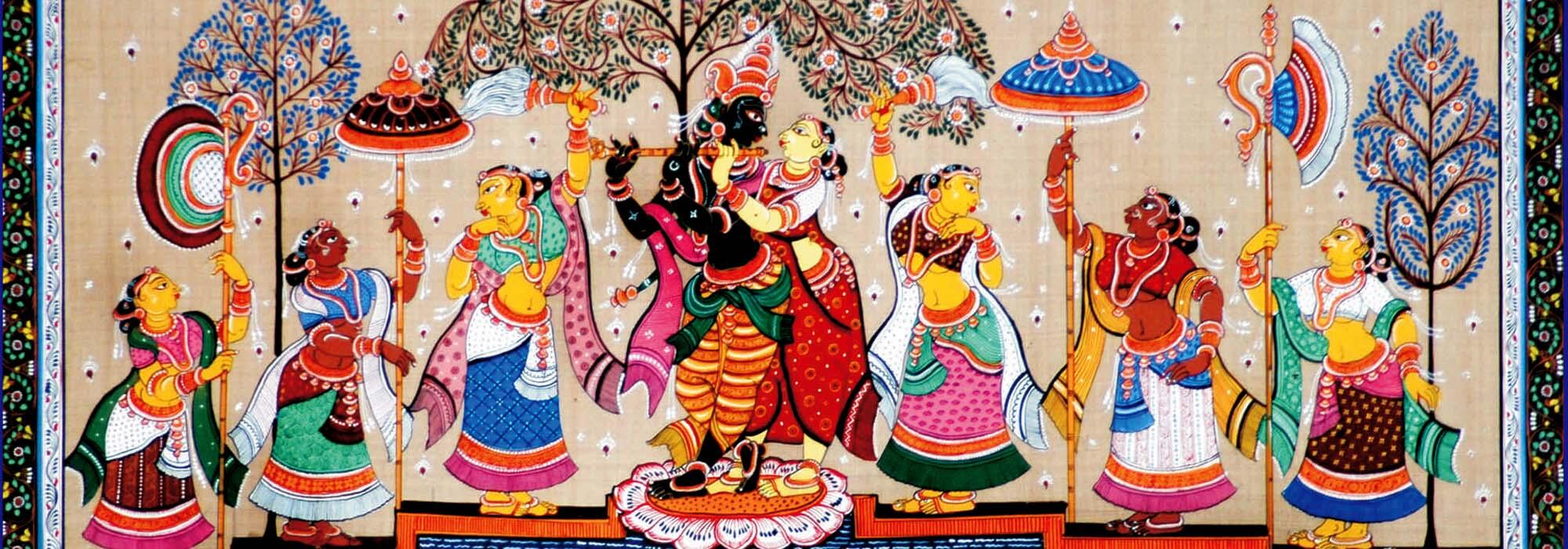
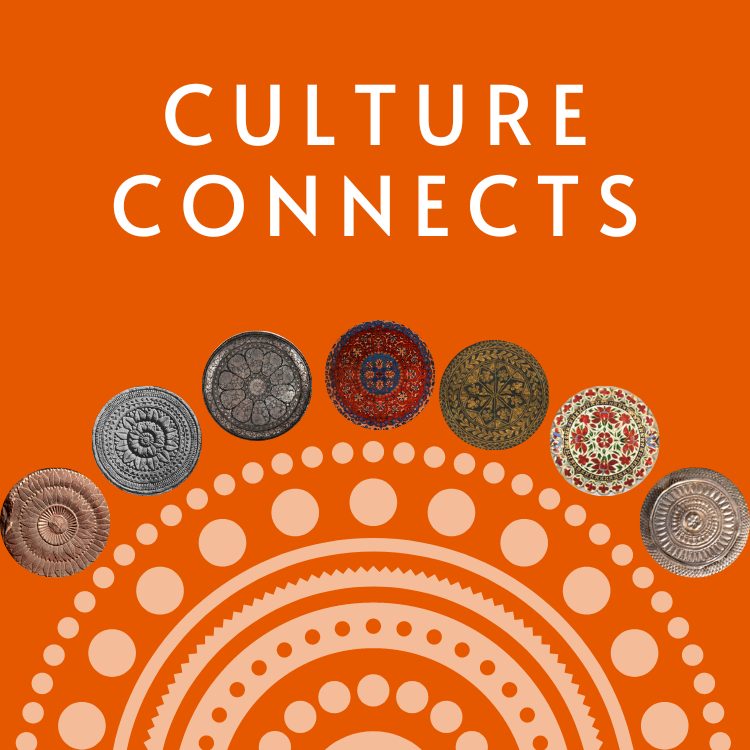

























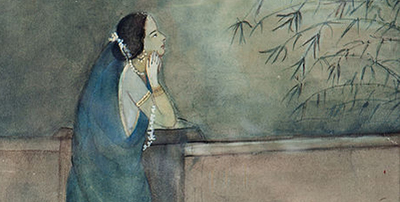
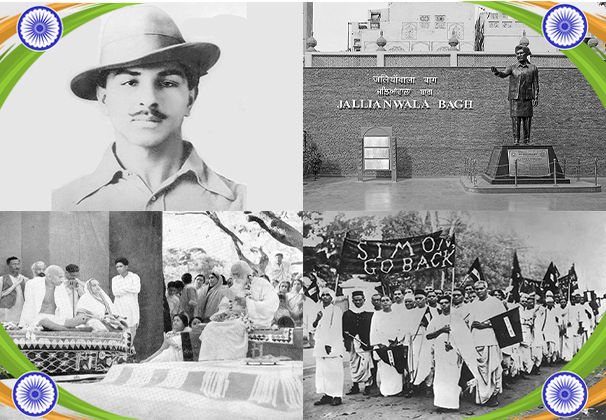





 Khan Abdul Ghaffar Khan was born on 6 February 1890 into a prosperous landowning Pashtun family from Utmanzai in the Peshawar Valley of British India. Also known as Bacha Khan, he was a Pashtun independence activist who campaigned to end the rule of the British Raj in India. In 1919, Khan entered politics at a time when there was opposition to the Rowlett Act. In the following year, he joined the Khilafat Movement, which sought to strengthen the spiritual ties of Indian Muslims with the Turkish Sultan. Gandhiji and Khan shared a vision: they dreamed of an independent, undivided, secular India – an India where both Hindus and Muslims would live together in peace. His close association with Mahatma Gandhi earned him the nickname “Frontier Gandhi”. Ghaffar Khan, who had opposed the partition of India, chose to live in Pakistan. Khan Abdul Ghaffar Khan passed away on 20 January 1988.
Khan Abdul Ghaffar Khan was born on 6 February 1890 into a prosperous landowning Pashtun family from Utmanzai in the Peshawar Valley of British India. Also known as Bacha Khan, he was a Pashtun independence activist who campaigned to end the rule of the British Raj in India. In 1919, Khan entered politics at a time when there was opposition to the Rowlett Act. In the following year, he joined the Khilafat Movement, which sought to strengthen the spiritual ties of Indian Muslims with the Turkish Sultan. Gandhiji and Khan shared a vision: they dreamed of an independent, undivided, secular India – an India where both Hindus and Muslims would live together in peace. His close association with Mahatma Gandhi earned him the nickname “Frontier Gandhi”. Ghaffar Khan, who had opposed the partition of India, chose to live in Pakistan. Khan Abdul Ghaffar Khan passed away on 20 January 1988. Pandit Gopinath Kaviraj, was born in a Bengali Brahmin family on 07 September 1887 in Dhaka (in present-day Bangladesh). His interests were varied ranging from ancient history to iconography, literature, philosophy, and even photography. He was a leading figure in the field of Indological studies. Also an outstanding teacher, the title Mahamahopadhyaya conferred on him by the then British Government is testimony to his greatness. Pt. Kaviraj spent most of his life in the holy city of Varanasi and post his retirement in 1937 as Principal of the Sanskrit College, he devoted his life to spiritual studies and intense sadhana. He was the editor of ‘Ananda Varta’ (a journal) for 24 years. Gopinath Kaviraj was awarded the Padma Vibhushan in 1964. He passed away on 12 June 1978.
Pandit Gopinath Kaviraj, was born in a Bengali Brahmin family on 07 September 1887 in Dhaka (in present-day Bangladesh). His interests were varied ranging from ancient history to iconography, literature, philosophy, and even photography. He was a leading figure in the field of Indological studies. Also an outstanding teacher, the title Mahamahopadhyaya conferred on him by the then British Government is testimony to his greatness. Pt. Kaviraj spent most of his life in the holy city of Varanasi and post his retirement in 1937 as Principal of the Sanskrit College, he devoted his life to spiritual studies and intense sadhana. He was the editor of ‘Ananda Varta’ (a journal) for 24 years. Gopinath Kaviraj was awarded the Padma Vibhushan in 1964. He passed away on 12 June 1978.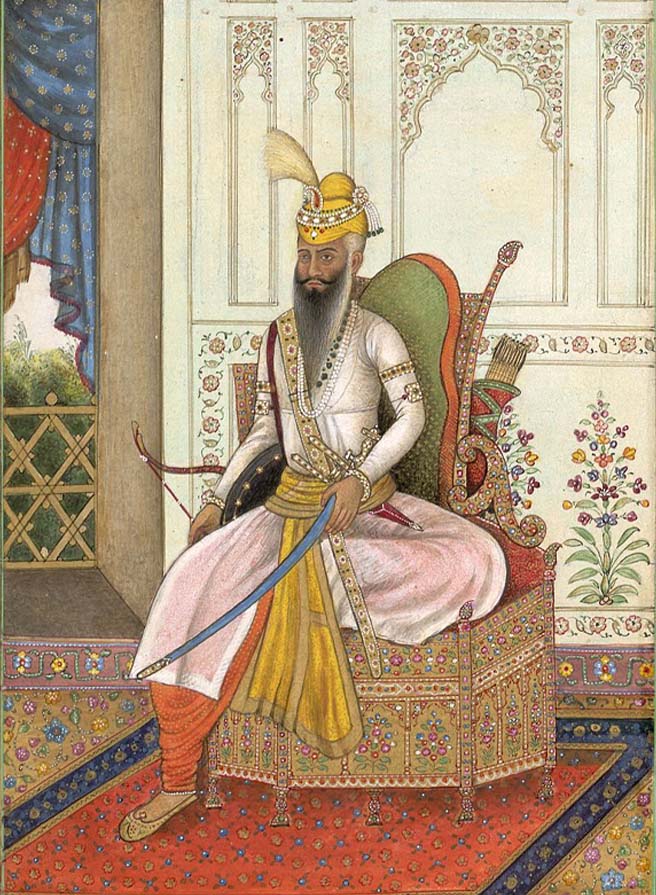
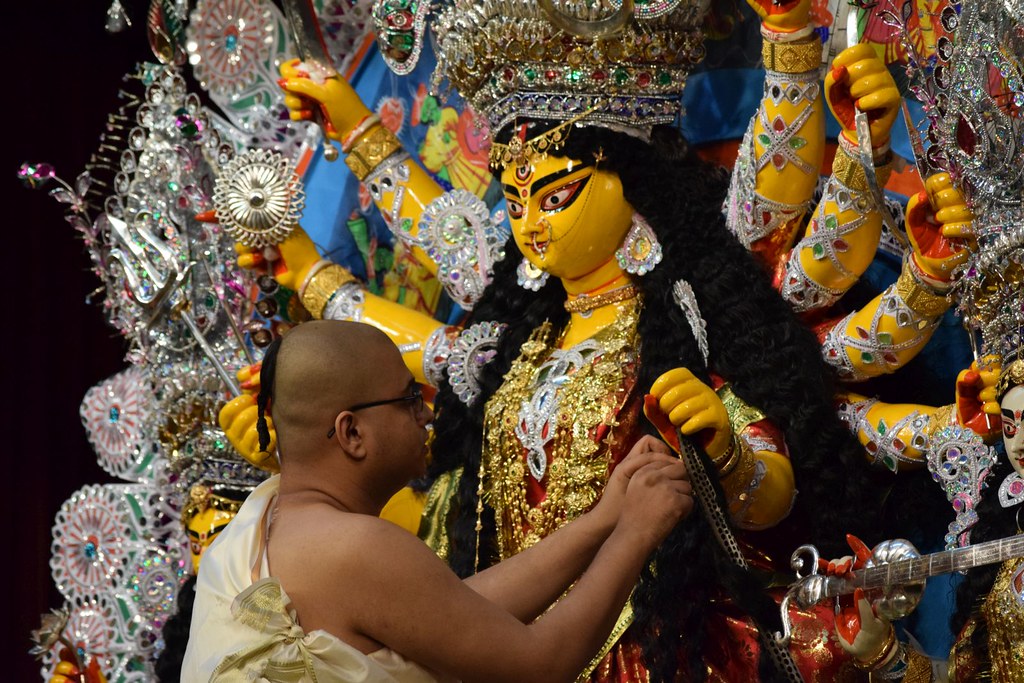
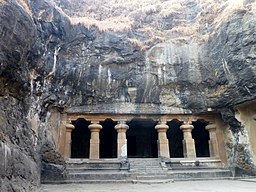
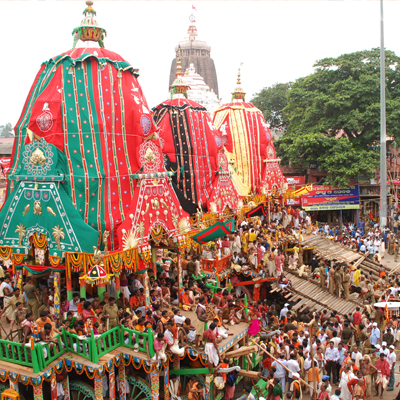






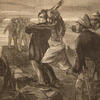
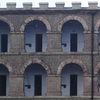
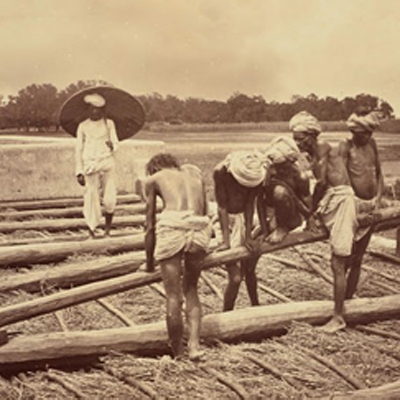
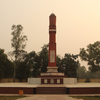
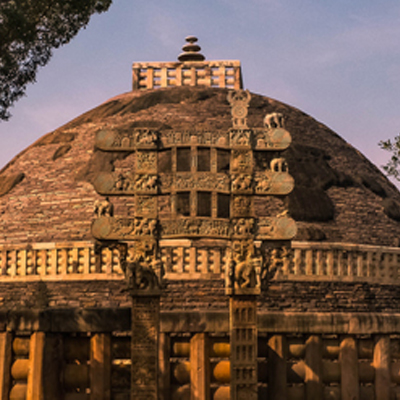
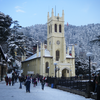
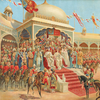
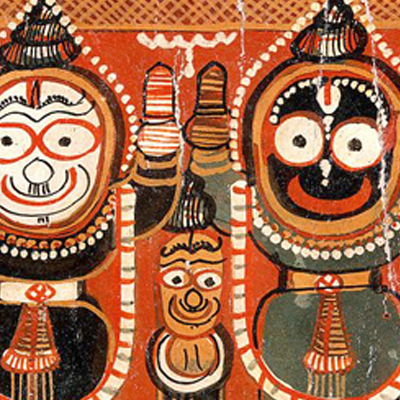
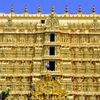

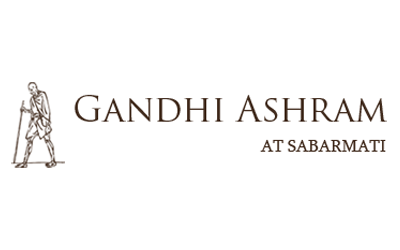
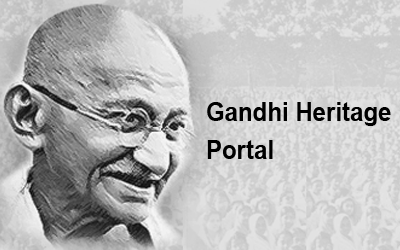
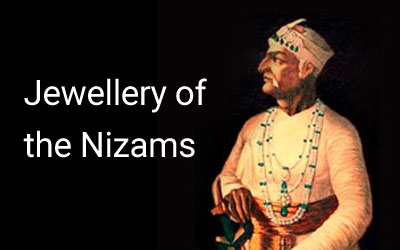

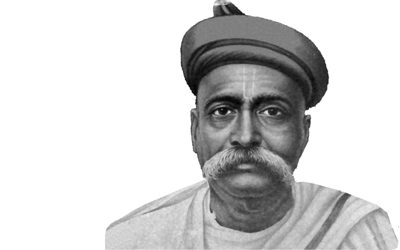
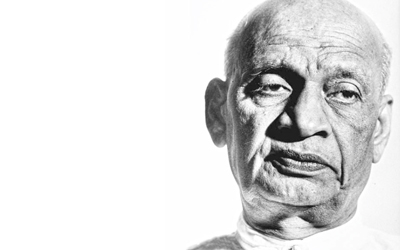
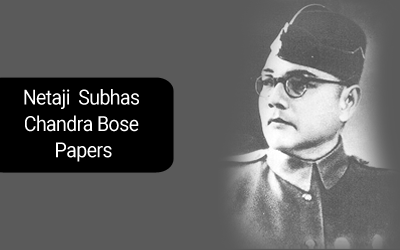
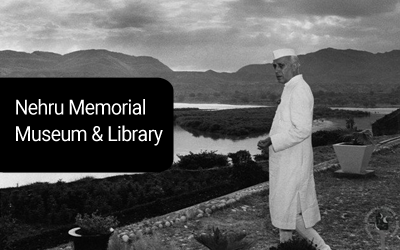

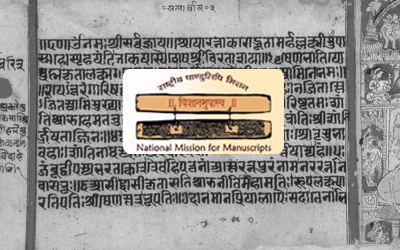

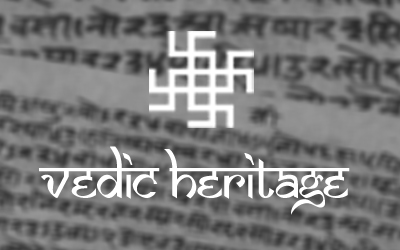
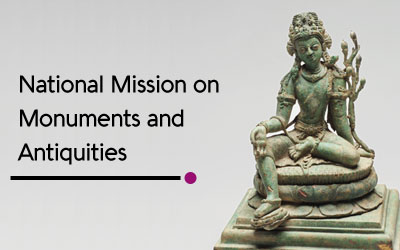
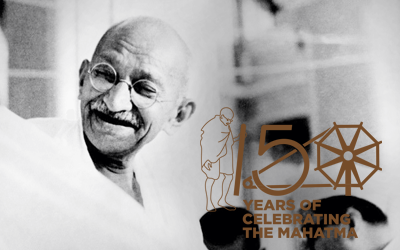

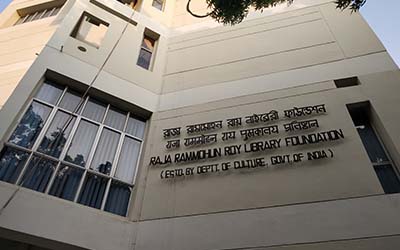
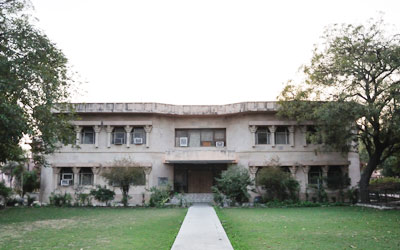
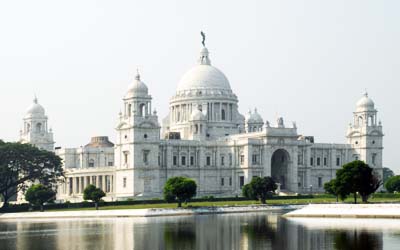
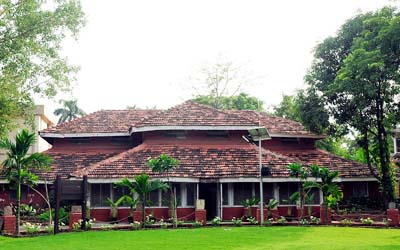
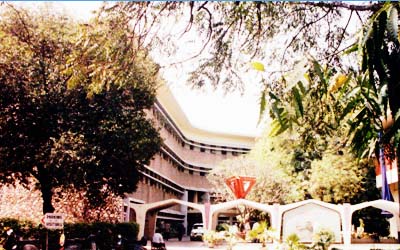
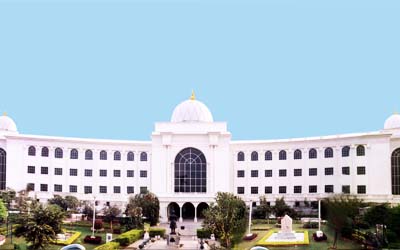
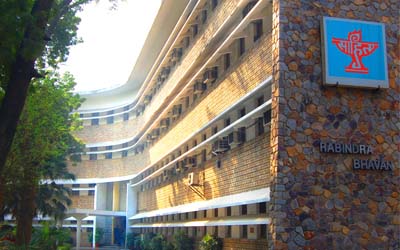
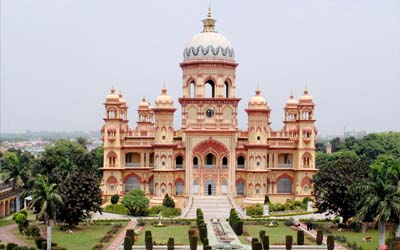
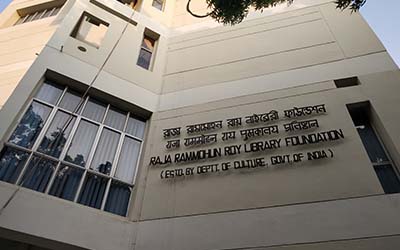
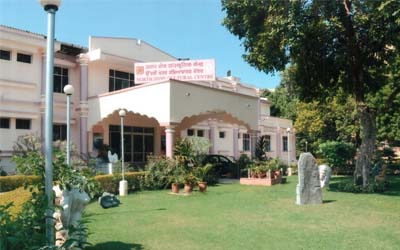
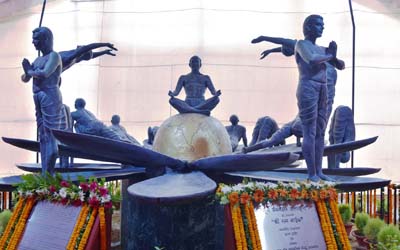
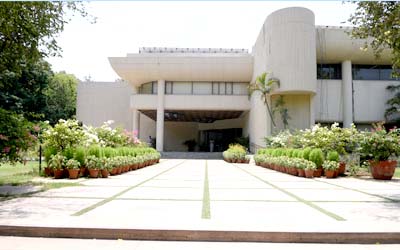
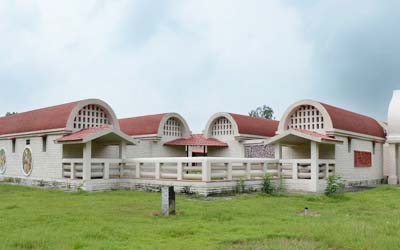
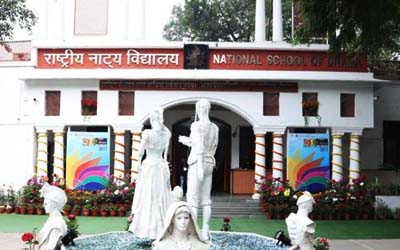
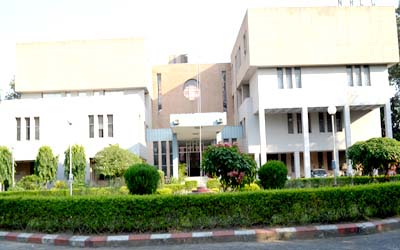
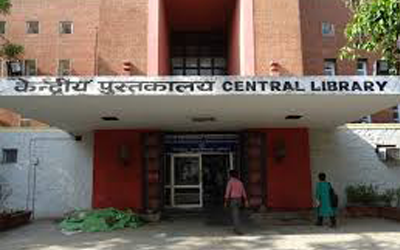
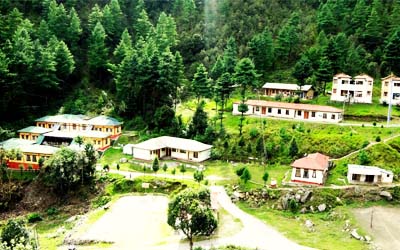
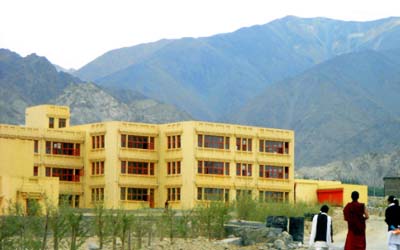
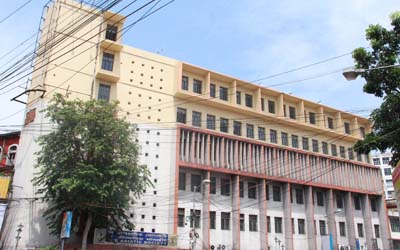
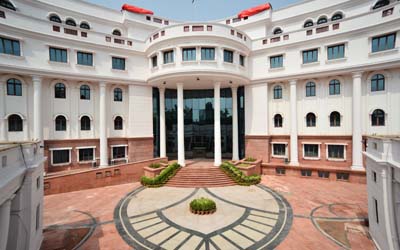
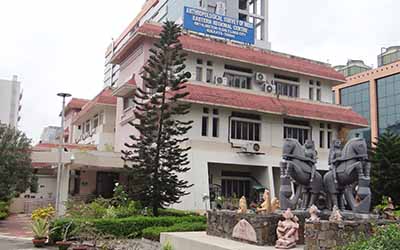
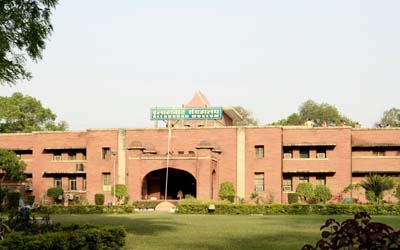
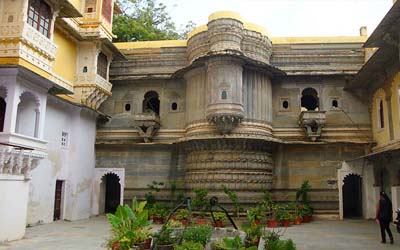
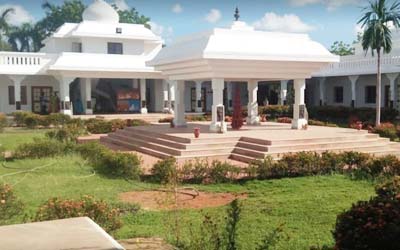
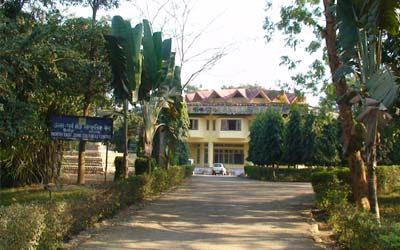
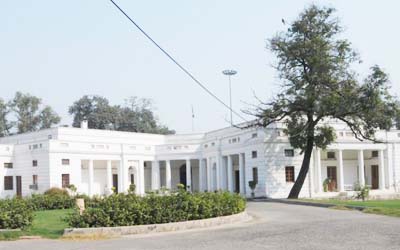
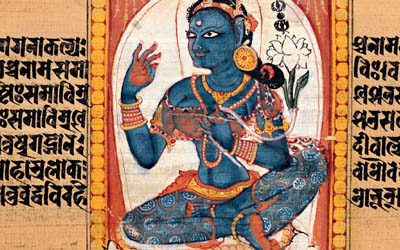
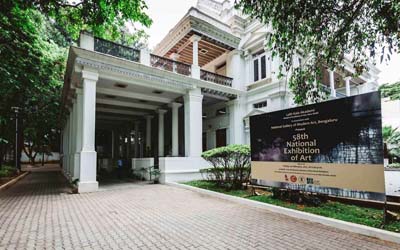
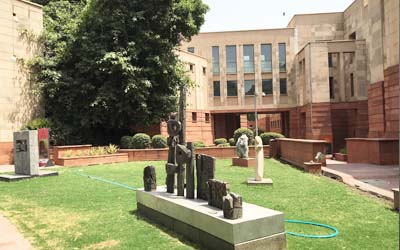
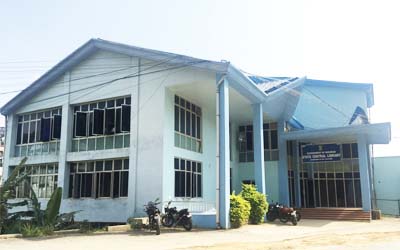
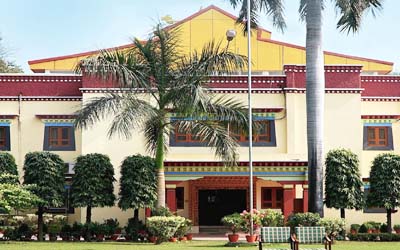
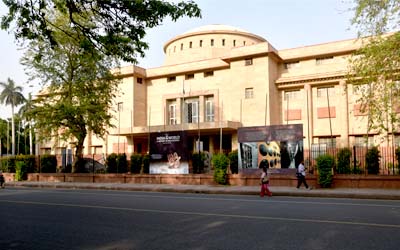
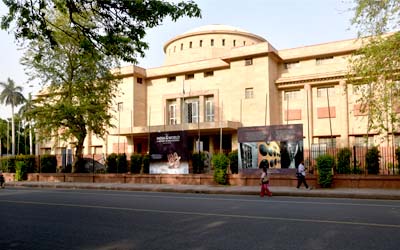
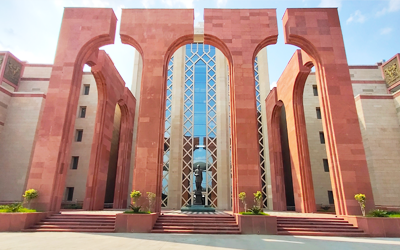
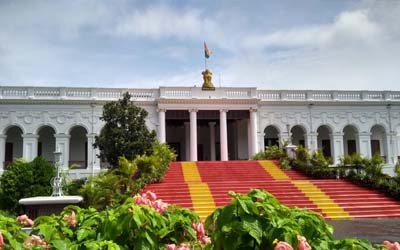
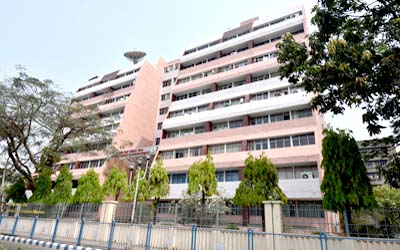
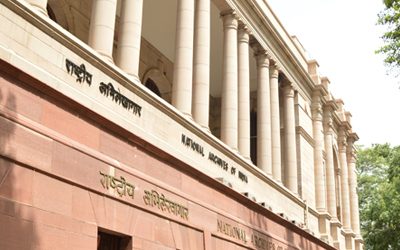
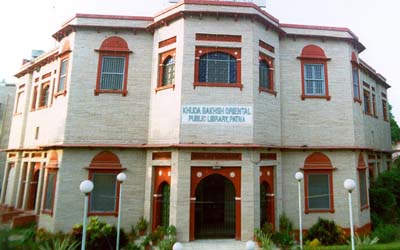
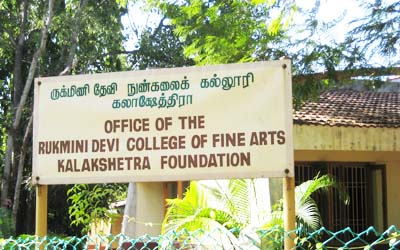
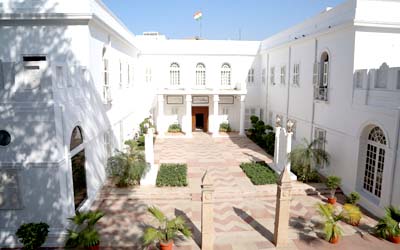
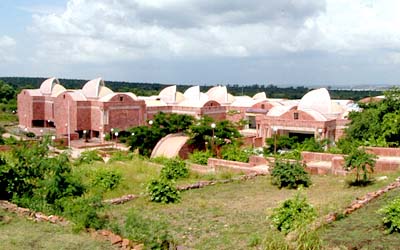
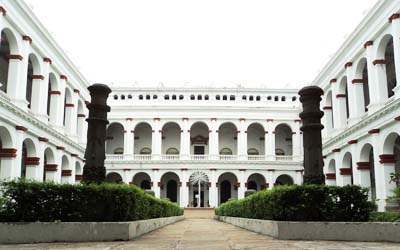
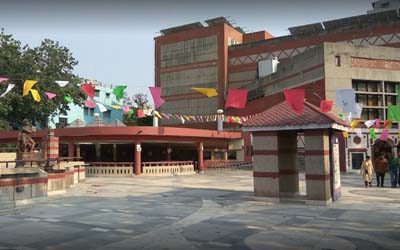

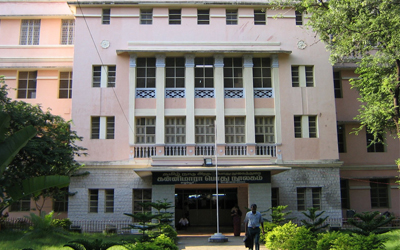
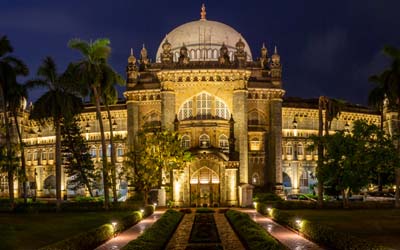
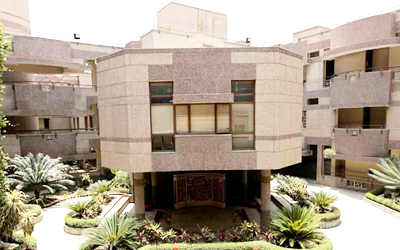
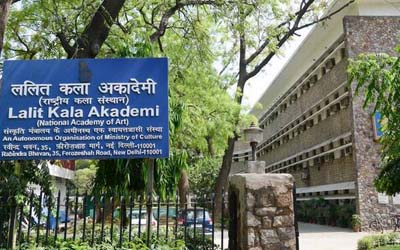
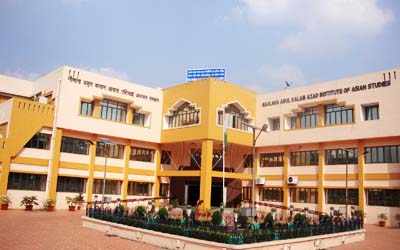

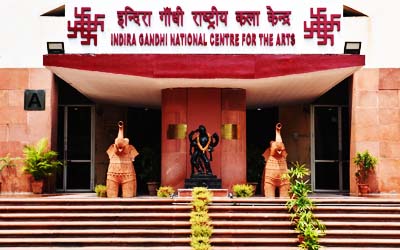


 Recognizing the ongoing need to position itself for the digital future, Indian Culture is an initiative by the Ministry of Culture. A platform that hosts data of cultural relevance from various repositories and institutions all over India.
Recognizing the ongoing need to position itself for the digital future, Indian Culture is an initiative by the Ministry of Culture. A platform that hosts data of cultural relevance from various repositories and institutions all over India.

Indian Culture Portal